The war in Armenia is often left out of headlines – EVN Report is a global voice in the ongoing conflict, but also a platform for multifaceted critical discourse. IMAGO spoke to the magazine’s managing editor Roubina Margossian.
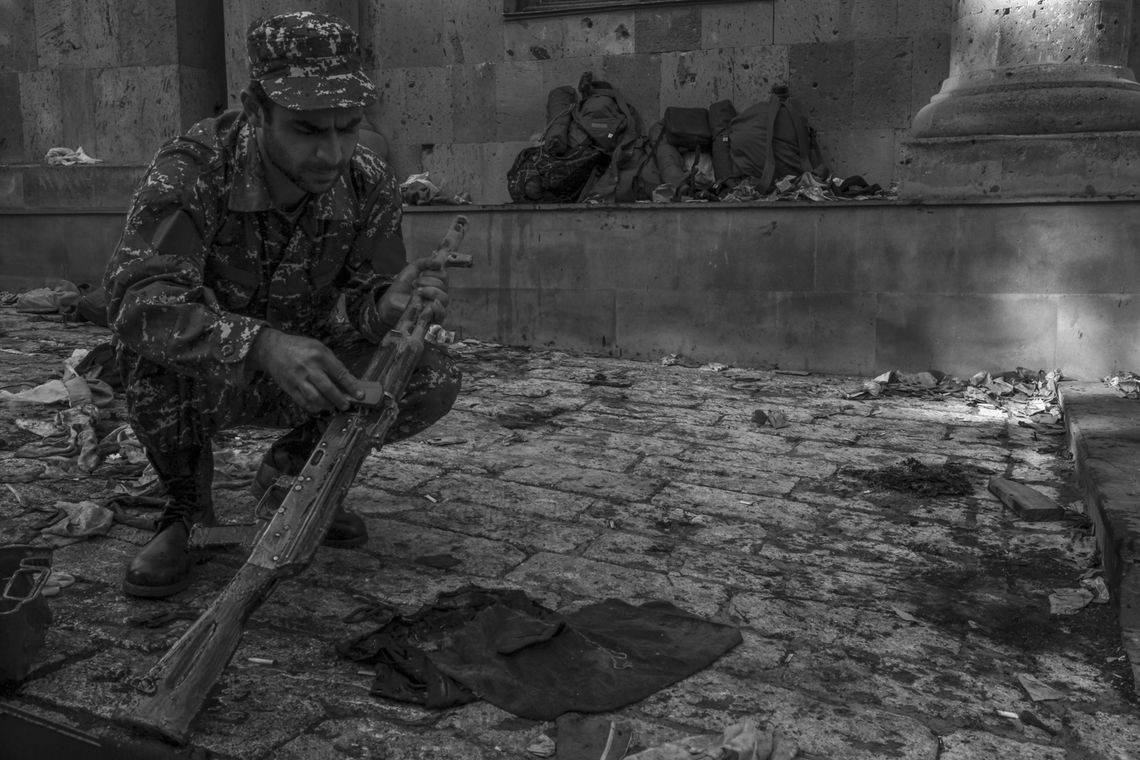
Culture, Politics, Conflict. EVN Report: Armenia’s one-of-a-kind magazine
“I was blissfully watching Netflix and a friend wrote ‘are you seeing this?’” On September 13, Armenia was attacked by Azerbaijan, breaking a two-year ceasefire and putting Margossian and the EVN Report team to work in the middle of the night.
The fighting broke a two-year ceasefire, now in sovereign Armenia rather than the disputed region of Artsakh (a.k.a. Nagorno-Karabakh) where the war in 2020 was fought. The attacks have been condemned by The United States and France and have since calmed down, but are expected to re-escalate. Long before however, EVN Report has not only been a global voice for the small nation’s ongoing fight, but also a platform for the endless stories and conversations surrounding society, politics, art, culture, history and human rights, crucial to the region and beyond.
For this month’s Local Heroes series, IMAGO spoke to Margossian about EVN Report’s role as a publication, moving forward in the face of war, the need for critical and nuanced rhetoric, and the importance of local journalism in conflict.
“The idea is to start speaking to the outside world in a language, a quality, and a format that actually internationalizes Armenia and puts Armenia on the global map.”

EVN Report is one-of-a-kind, filling the missing gaps in Armenian media and generating analytical discourses with contributing writers who are experts in their fields: political scientists, historians, lawyers, doctors, journalists and so on. A more than century-long conflict with Turkey and Azerbaijan, with recent attacks in eastern Armenia, has added another layer of uncertainty, largely unnoticed or dismissed through what can be described as bothsidesism in the world theater.
Beyond the conflict, EVN Report has covered Armenia’s 2018 Velvet Revolution overthrowing the kleptocratic ruling elite, the Covid-19 pandemic, Armenia as an innovative tech-hub, the country’s complicated relationship with Russia, the climate crisis, art, culture and Armenia’s deep roots in music and literature, Yerevan’s growing cultural landscape, historical archives, human rights and public health, domestic violence, economy, politics – the list goes on.
“We had initially identified a need for an English-language publication that speaks to the world,” said Margossian. “The idea is to start speaking to the outside world in a language, a quality, and a format that actually internationalizes Armenia and puts Armenia on the global map.”
Elements that make EVN Report stand out lie in their independent editorial freedom to address the needs in the media that need addressing: do what other Armenian media is not. Aside from collaborating with experts for their articles, the magazine also puts on media festivals, facilitates panel discussions, records weekly podcasts, and recently has started to publish comprehensive security reports on the situation with Azerbaijan, and more. In the wake of deadly fighting with Azerbaijan that broke out last month but has loomed since the 2020 Artsakh war, arguably much longer, EVN Report must also confront what it means to cover one’s own conflict.
“You are part of the conflict, you are also a victim of this conflict because you have been attacked, and these kinds of voices should not be discarded because they are really valuable for journalism.”
As ceasefire violations continue and re-escalation with Azerbaijan is expected any minute, EVN Report is having to navigate information surfacing of war crimes such as the point-blank execution of Armenian prisoners of war, or the mutilation of dead soldiers, including Anush Apetyan as footage showed the vulgar desecration of her stripped body. “You’re still in a state of war and this information keeps coming at you and it’s out there, and you’re still very much violated even though the actual aggression has calmed down,” said Margossian.
Much of the work of EVN-Report when it comes to the conflict, is analysis going beyond daily updates of explosions, and is also pointed at tackling the neutrality, or bothesidesism, historically practiced by the international community – something that is not reflected in other conflicts such as Ukraine. As Margossian put it: “You can’t just pick and choose where you want to see justice.”
Rarely do we level the Russian offensive or its military casualties with the Ukrainian fight, for example, because it has been made clear who the aggressor is. In articles such as Name the Aggressor or Listen to the Words of Dictators, Don’t Say We Didn’t Tell You, EVN Report is confronting this issue. “As a magazine, we basically do have a platform to voice these concerns and to voice them with enough support and evidence that this is not just an opinion – this is coming from a place of truth and concern and unfairness,” said Margossian.
“Yes, we are in a difficult situation but we are not in a state of mourning. We are not a widowed country, we are still alive and kicking, so things have to happen otherwise we will become what we fear…we keep doing what we’re doing because stopping it is more dangerous than not doing it.”
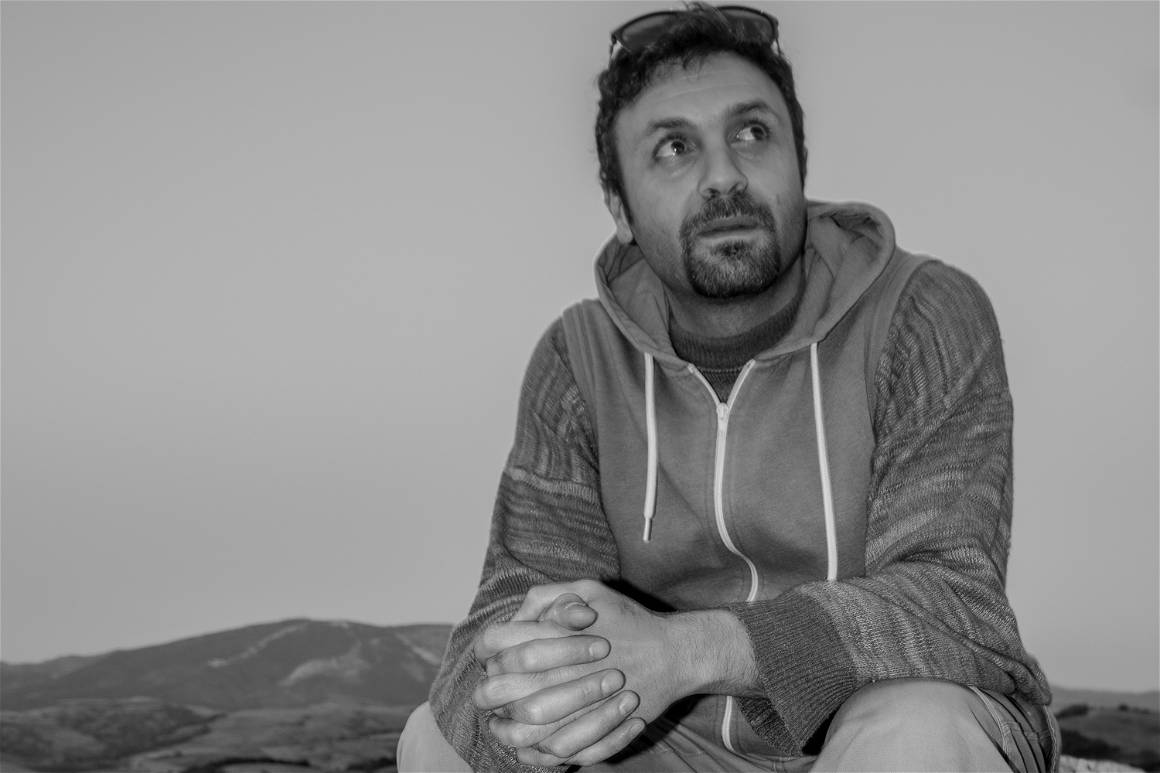
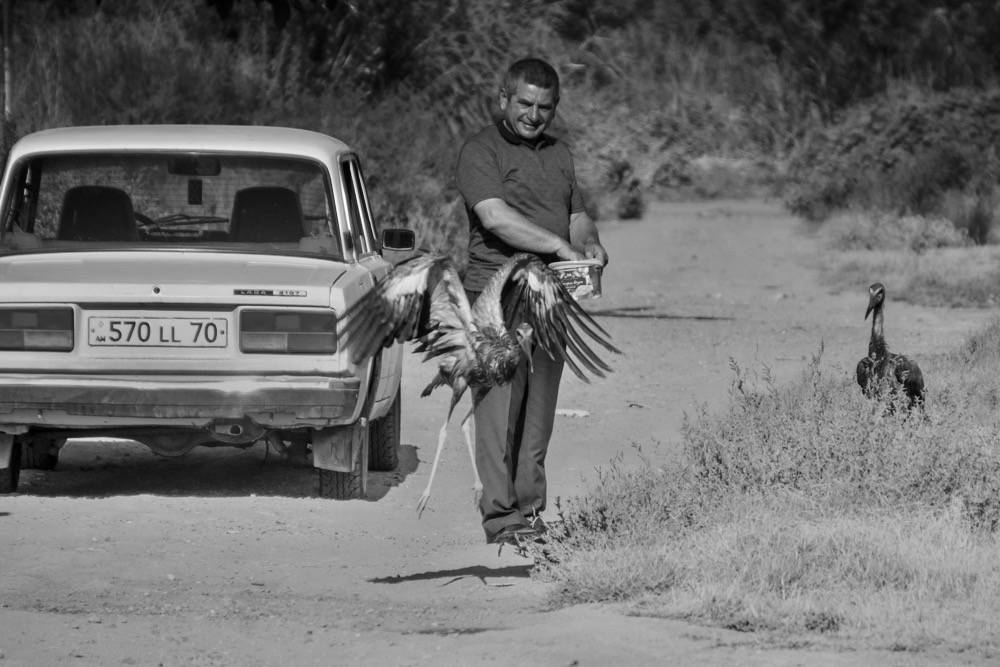
The conflict with Azerbaijan – whose president Ilham Aliyev has an unfavorable human rights reputation – is deeply complex and also seeded in post-Soviet politics. The case of Armenia is that of a small, outnumbered yet democratic sovereign nation who has faced a constant threat since the Armenian genocide of 1915, wiping out over half of the population.
The immense international response in support of Ukraine however, has garnered a sliver of hope for Armenia: “I think the scale has tipped a little bit and internationally, at least politically from the international political leadership, there’s a clearer messaging. Especially in the last couple of weeks, Azerbaijan is being called an aggressor, so that is a shift. And I think it also happened because France and America [The United States] said it in a way that encouraged others.” Swiftly after the attacks, The United States Speaker of the House Nancy Pelosi visited Armenia, and Secretary of State Antony Blinken condemned Aliyev, along with French President Emmanuel Macron who met with Armenia’s Prime Minister Nikol Pashinyan on September 26, for example.
But this isn’t EVN Report’s first rodeo. In 2020, the disputed region of Artsakh endured a 44-day war after a ceasefire brokered in 1994 halting the first Artsakh war, was violated and EVN Report had to switch to on-the-ground war reporting. Simply put, Artsakh’s military together with that of Armenia fought against the Azerbaijani offensive backed by Turkey which outnumbered Armenia leading to the loss of seven territories – almost 4,000 servicemen and 80 civilians killed, 10,000 wounded, 200 missing in action, and tens of thousands displaced with war crimes currently at the International Court of Justice and the European Court of Human Rights. Margossian who went to the front lines herself, said that EVN Report had to also grapple with the challenges of covering one’s own war as local journalists:
“It’s often really unjust to the journalists covering their own war and we witnessed this ourselves when we went to Artsakh in 2020. Access is something that is not easily being given, and often the international journalist is being prioritized,” she said. Collaboration or cooperation with local journalists is not the norm, and international media are prioritized for having a larger audience.
International media paying just brief visits to war-zones for breaking news is not uncommon, yet can be damaging. “The problem with conflict is that it really needs documentation and the whole story to be told and the people who actually can do that story holistically are the local journalists,” she said. “You are part of the conflict, you are also a victim of this conflict because you have been attacked, and these kinds of voices should not be discarded because they are really valuable for journalism.”

As I wrote for EVN Report in 2019, Armenia had freshly elected Prime Minister Nikol Pashinyan after the Velvet Revolution — spirits were high and the fears of the conflict resurfacing were always in the background but didn’t consume us. I was welcomed to the team as a foreigner lending an outside perspective while also settling into a new home. Tucked in a charming side street in Armenia’s capital of Yerevan near its stoic Opera House, EVN Report’s dynamic-trio one could say, of Margossian joined by editor in chief Maria Titizian and programs manager Heghine Gyulnazaryan, run the show with relentless persistence to push the magazine’s direction. Long home-cooked lunches often consisted of brainstorming sessions for how to improve, innovate or refine the content, what sort of stories and conversations were lacking in the media, or simply digesting the news of the day; sometimes laughing about our weekends or my generous appetite. Collaborators paid visits to work or simply to deliberate and discuss pressing issues over coffee and a cigarette. EVN Report is a haven for those who have had a seat at the table, but also an incubator for critical and analytical journalism.
Despite the conflict’s dark cloud hanging quietly over the region, Armenians and EVN Report know best how to enjoy the sun: “Yes, we are in a difficult situation but we are not in a state of mourning. We are not a widowed country, we are still alive and kicking, so things have to happen otherwise we will become what we fear…we keep doing what we’re doing because stopping it is more dangerous than not doing it.”
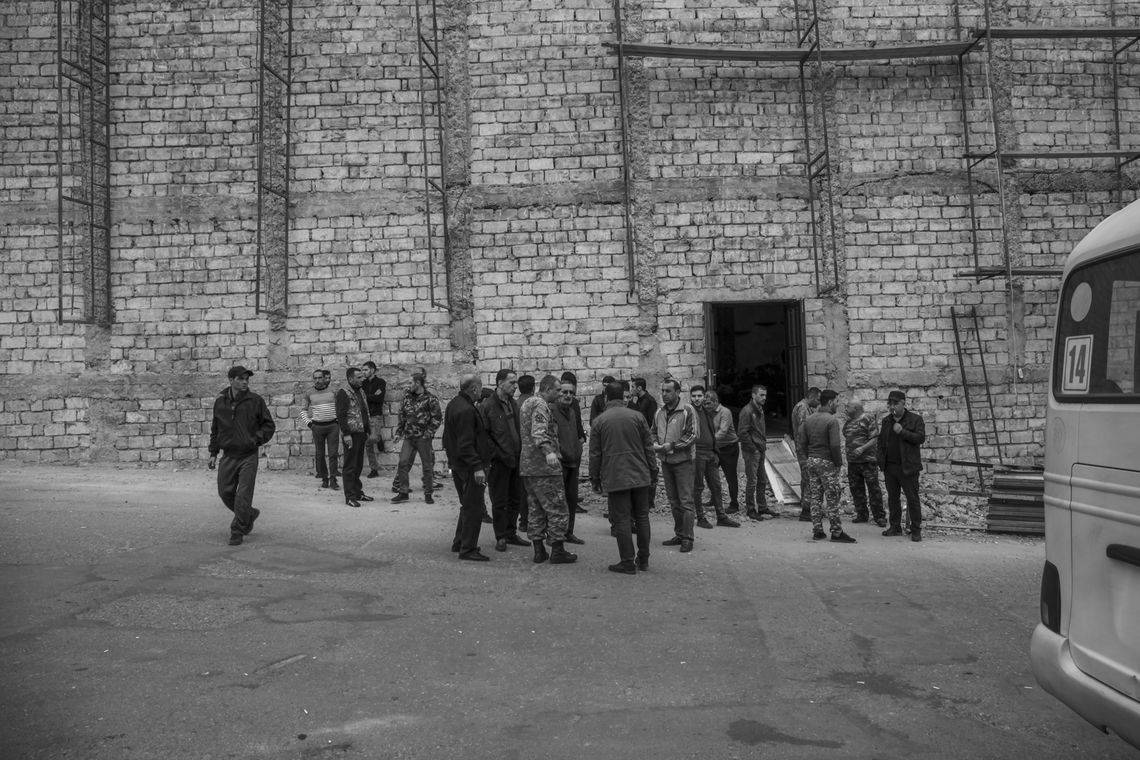

Support EVN Report, subscribe to their newsletter, or follow them on Instagram.
Discover IMAGO partner Le Pictorium’s photographers in Armenia:


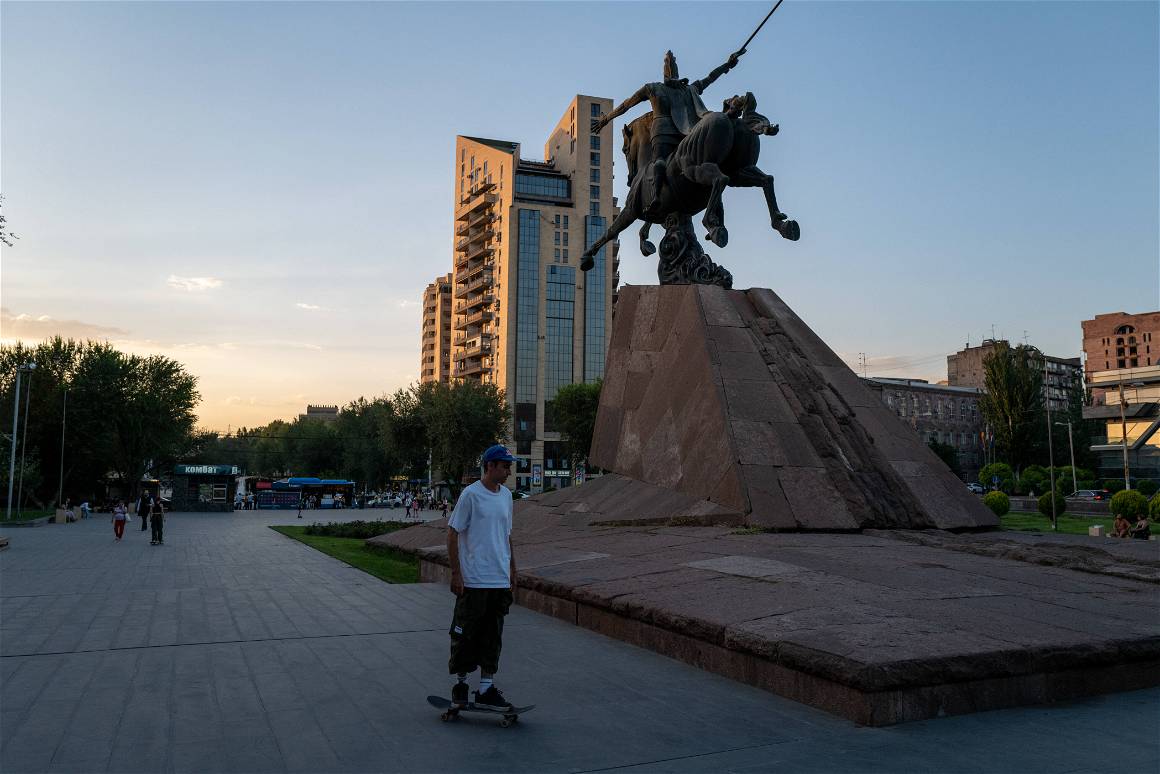
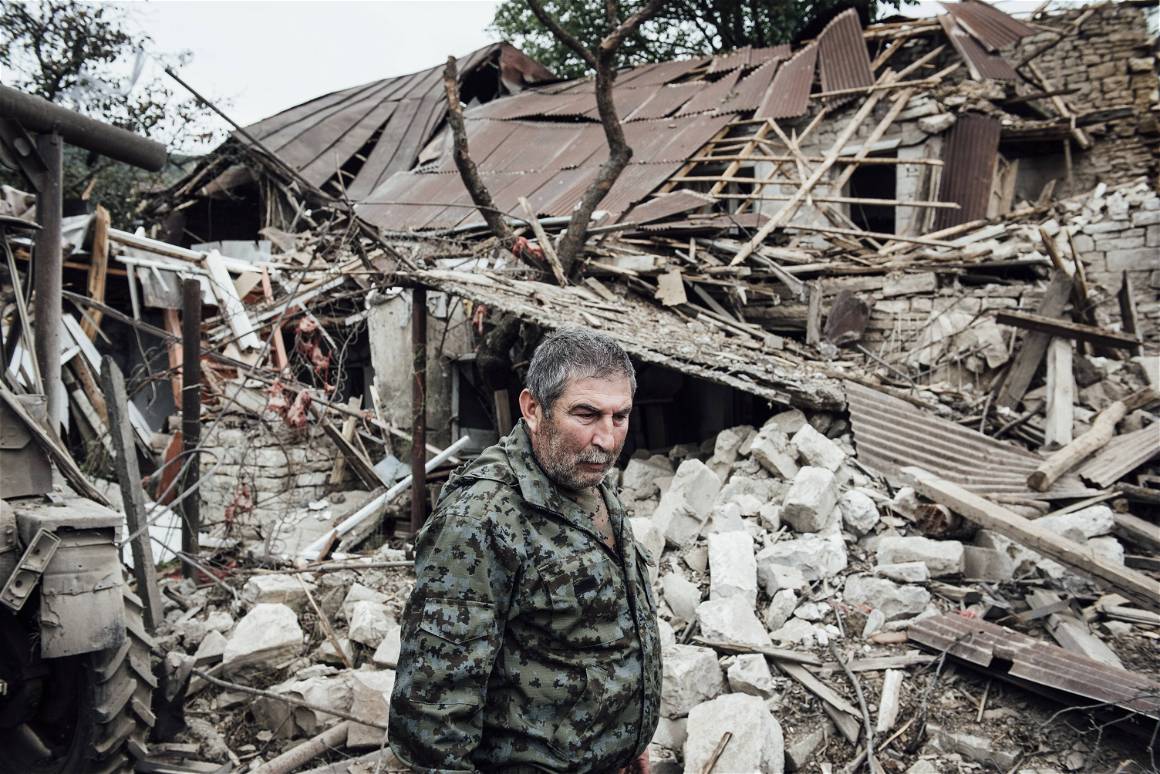
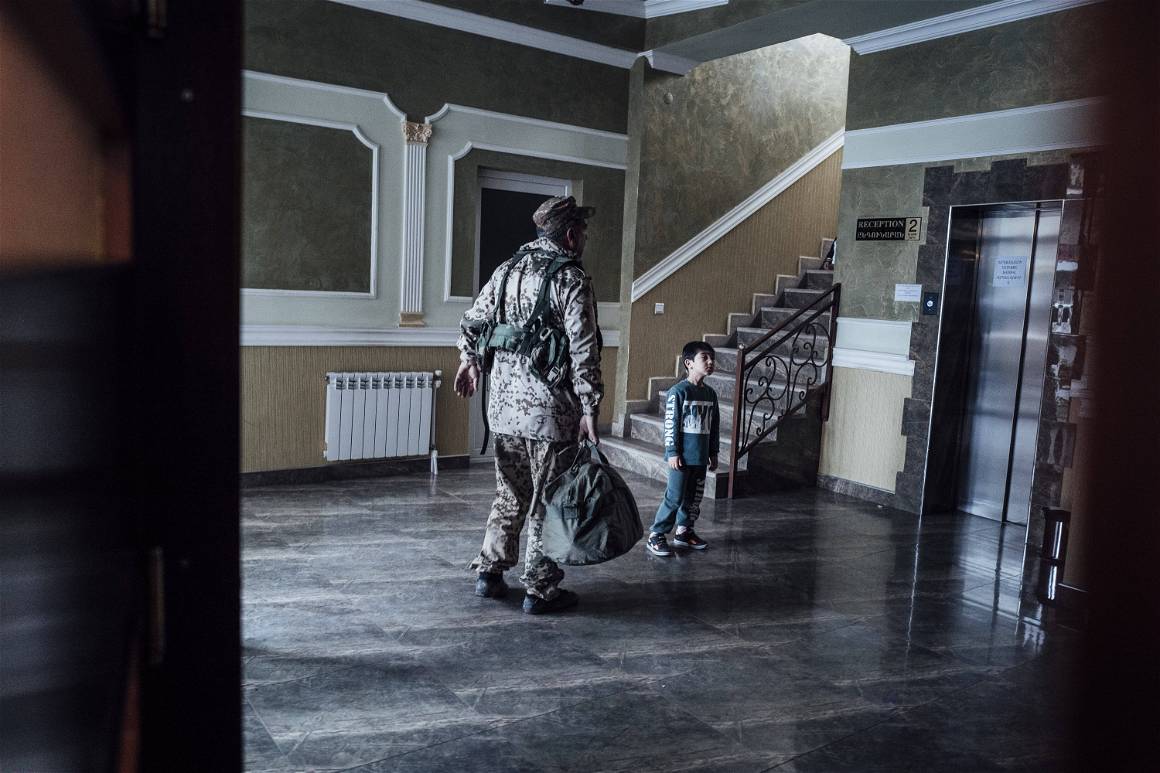
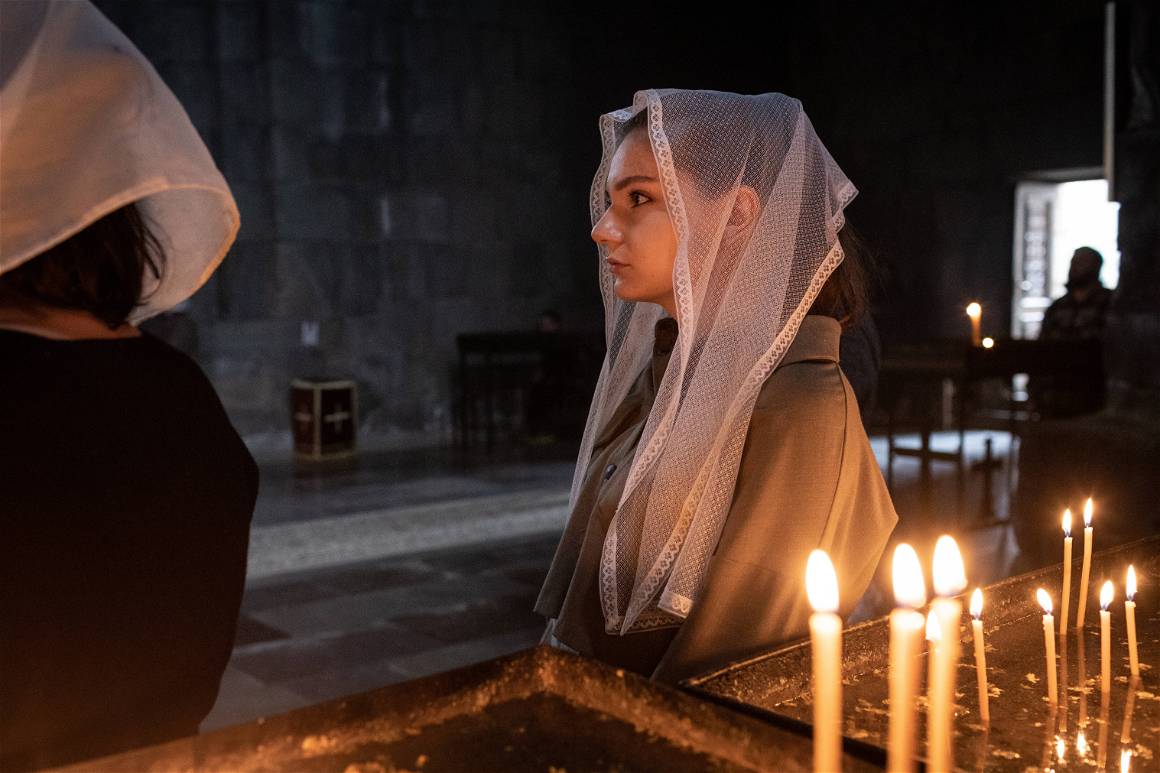
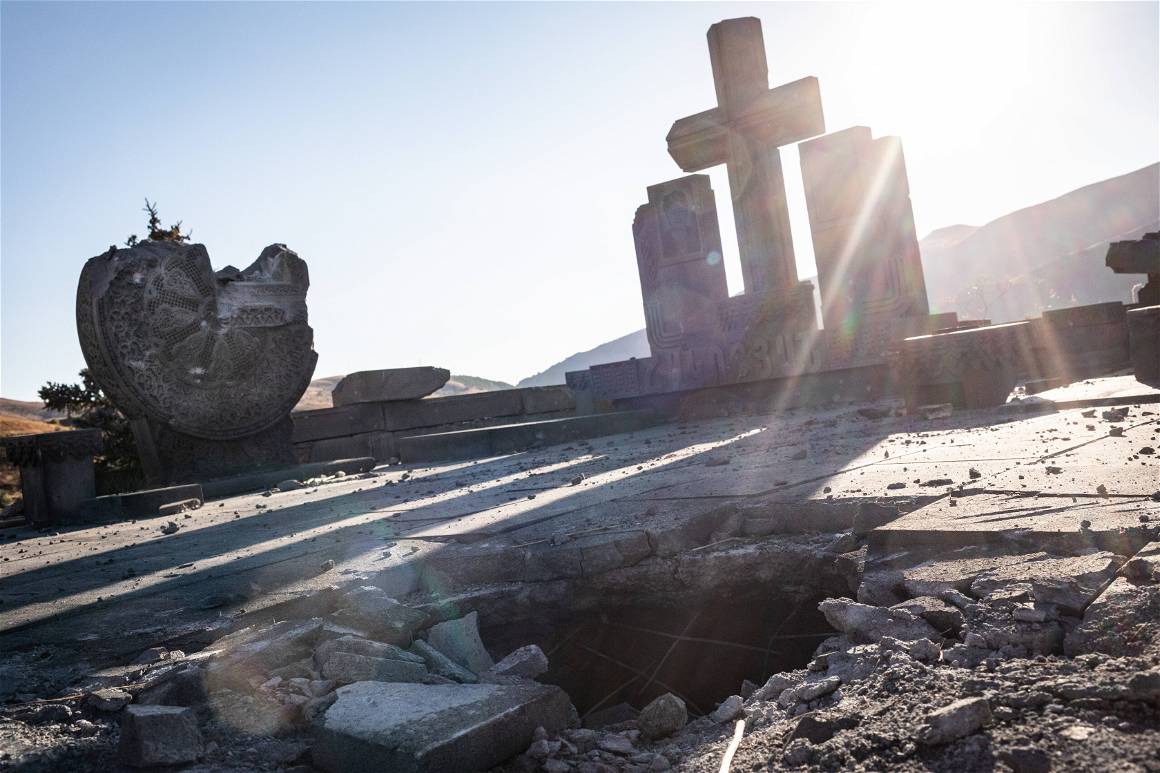
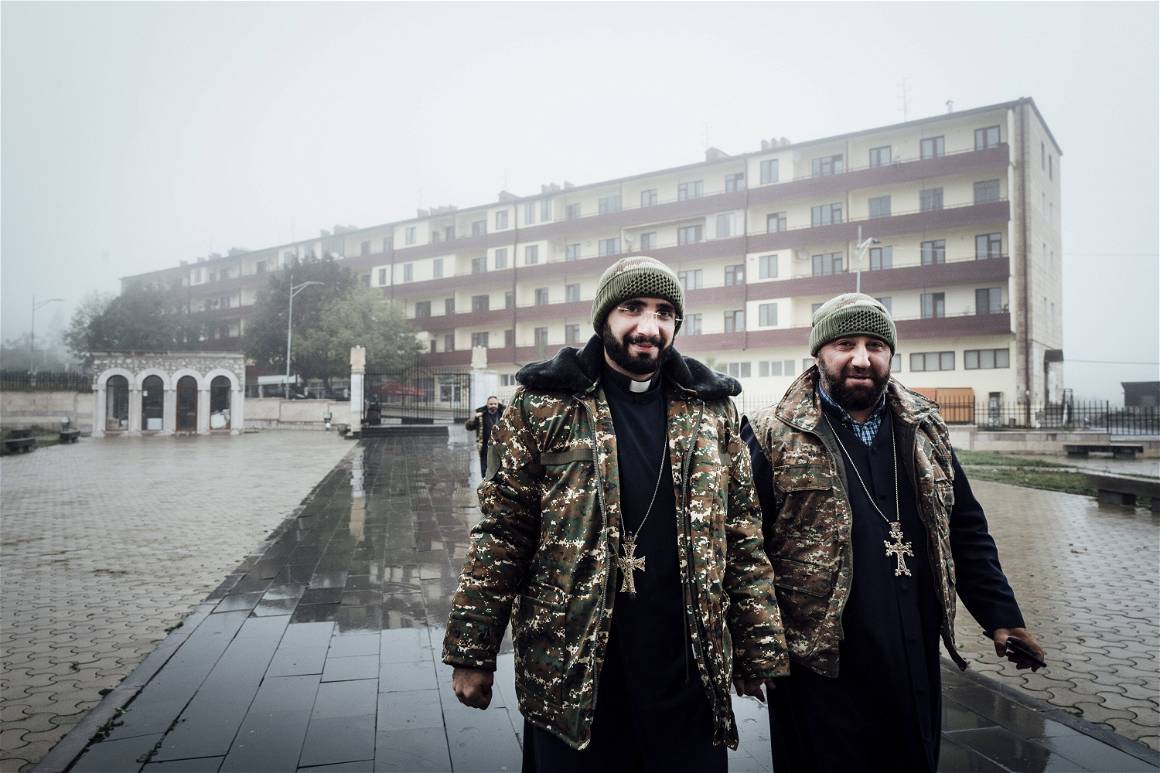
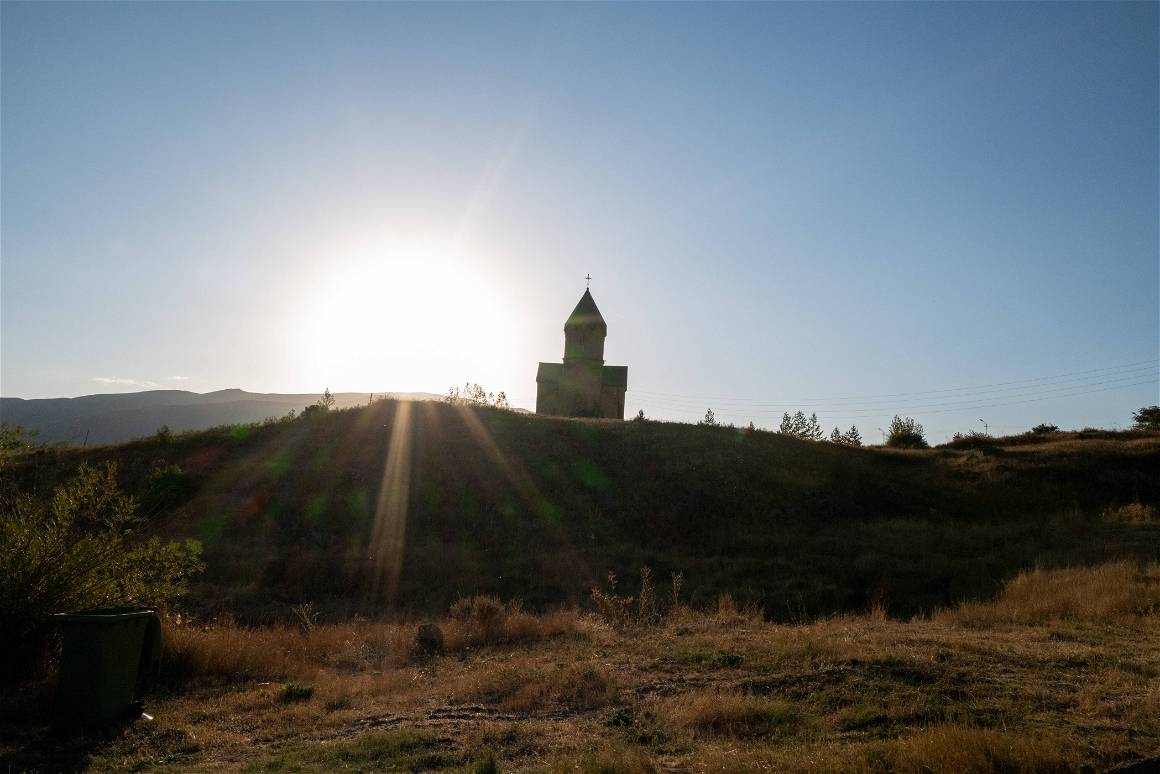
Interview by Sofia Bergmann as part of our Local Heroes series.


